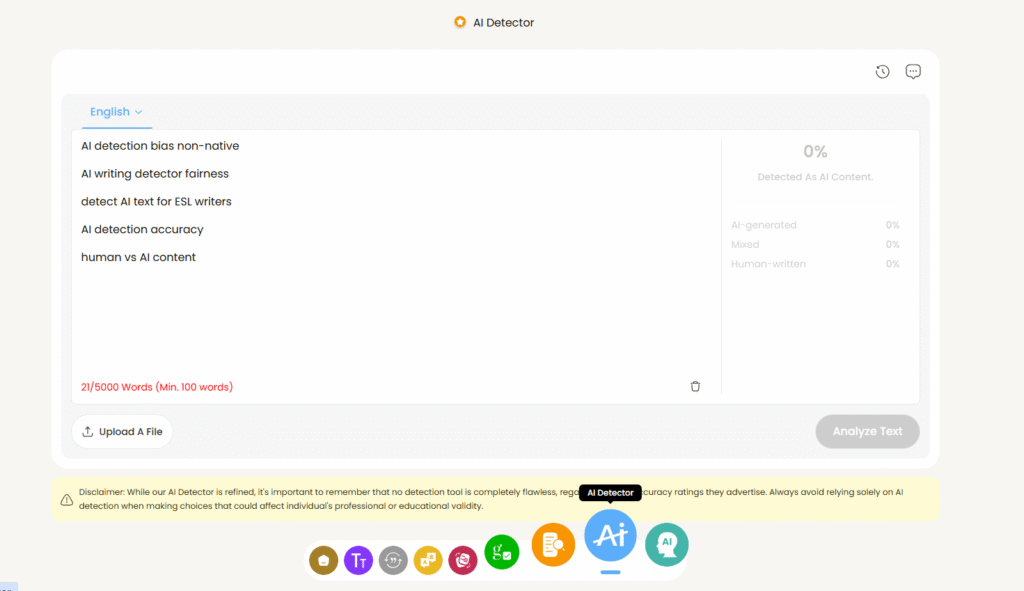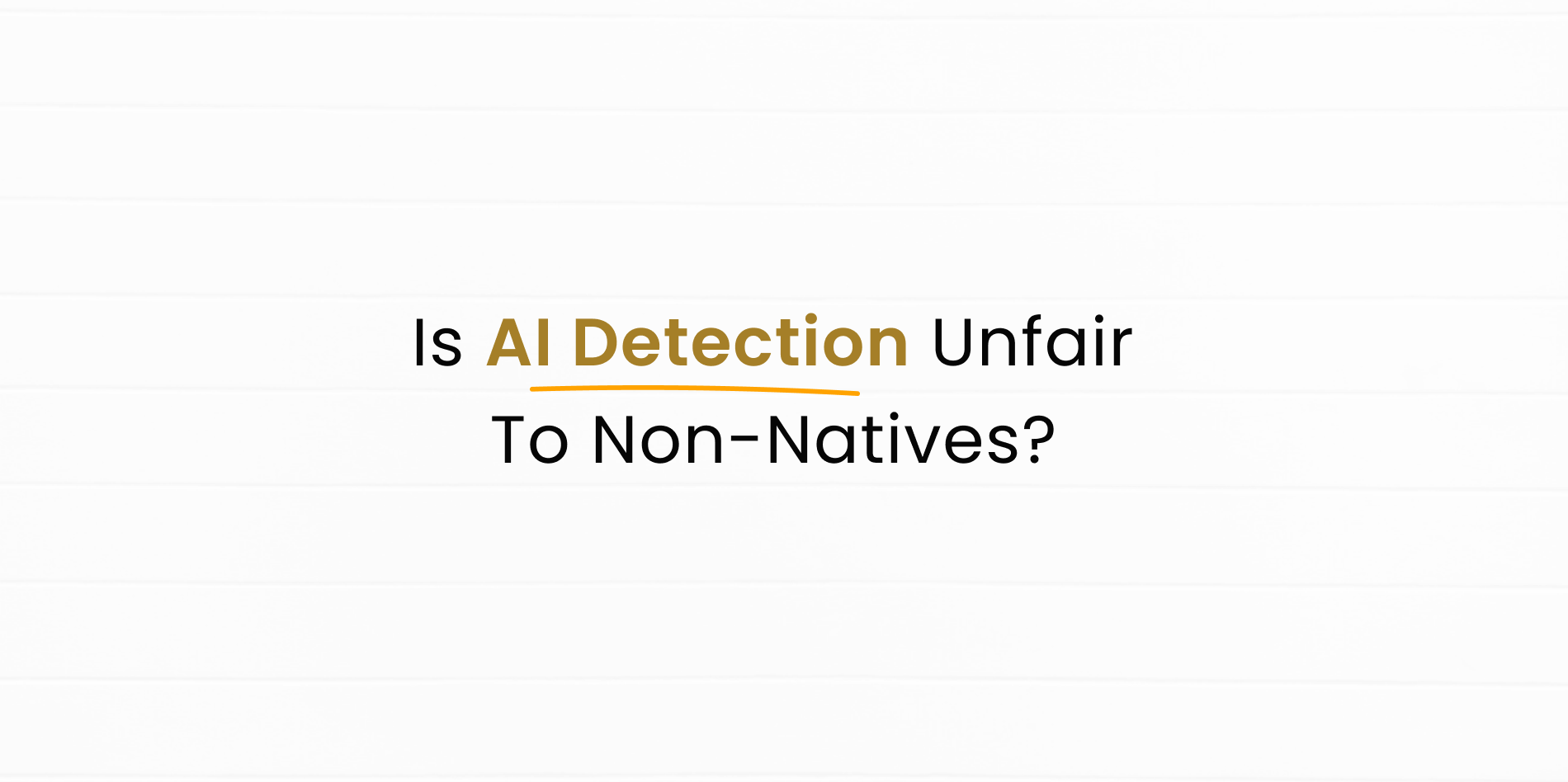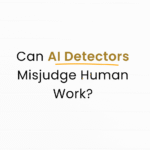IntroduIntroduction
AI detection bias is a growing concern for non-native writers. Many ESL authors worry that AI writing detectors may flag their essays as AI-generated, even when the work is original. Understanding AI detection accuracy and how tools detect AI text helps ensure fair evaluation of human vs AI content.
How AI Detection Bias Affects Non-Native Writers
Non-native writers may experience AI detection bias due to:
- Differences in sentence structure compared to native writers
- Grammar or vocabulary patterns flagged by AI writing detectors
- Repetitive or formal phrasing resembling AI-generated text
Platforms like KreativeSpace AI Detector aim to detect AI content while reducing false positives for non-native authors.
Factors That Contribute to AI Detection Bias
AI detection bias can occur because:
- AI detectors are trained mostly on native English writing.
- ESL writers often have unique grammatical structures.
- Limited vocabulary may cause repetitive phrasing.
- Human edits or lack of stylistic variation affect detection.
Being aware of AI detection bias helps writers and educators avoid unfair penalization.
Improving AI Detection Accuracy for ESL Writers
AI writing detectors work best when combined with proper editing:
- Use KreativeSpace AI Humanizer to refine AI-generated text.
- Check grammar and sentence structure with KreativeSpace grammar checker.
- Run essays through KreativeSpace AI Detector to verify content.
These steps reduce AI detection bias and improve detect AI text accuracy for non-native writers.
Limitations of AI Detection for Non-Native Authors
Even with advanced tools, AI detection bias persists:
- False positives may flag ESL essays as AI-generated.
- Mixed content (AI and human text) complicates classification.
- Short passages provide less context, increasing misclassification.
Human review remains important to fairly evaluate human vs AI content.
Practical Implications
Understanding AI detection bias is essential in:
- Education: Prevent ESL students from being unfairly flagged.
- Publishing: Avoid misattribution of authorship.
- Business writing: Ensure global teams are fairly assessed.
Internal links to KreativeSpace AI Detector and KreativeSpace plagiarism checker help ESL writers refine essays and reduce false positives.

Outbound Reference
According to MIT Technology Review, AI detection tools may show bias because training datasets are primarily composed of native English writing, increasing false flags for ESL authors.
Tips to Reduce AI Detection Bias
To minimize AI detection bias:
- Submit longer text samples.
- Use multiple detection tools for verification.
- Refine text with KreativeSpace AI Humanizer.
- Check grammar and sentence flow using KreativeSpace grammar checker.
These practices help maintain AI detection accuracy and protect ESL writers.
The Decider
In conclusion, AI detection bias can affect non-native writers, but awareness and proper tools can reduce unfair flags. Combining KreativeSpace AI Detector, KreativeSpace AI Humanizer, and KreativeSpace grammar checker ensures fair evaluation of human vs AI content while maintaining content integrity.



